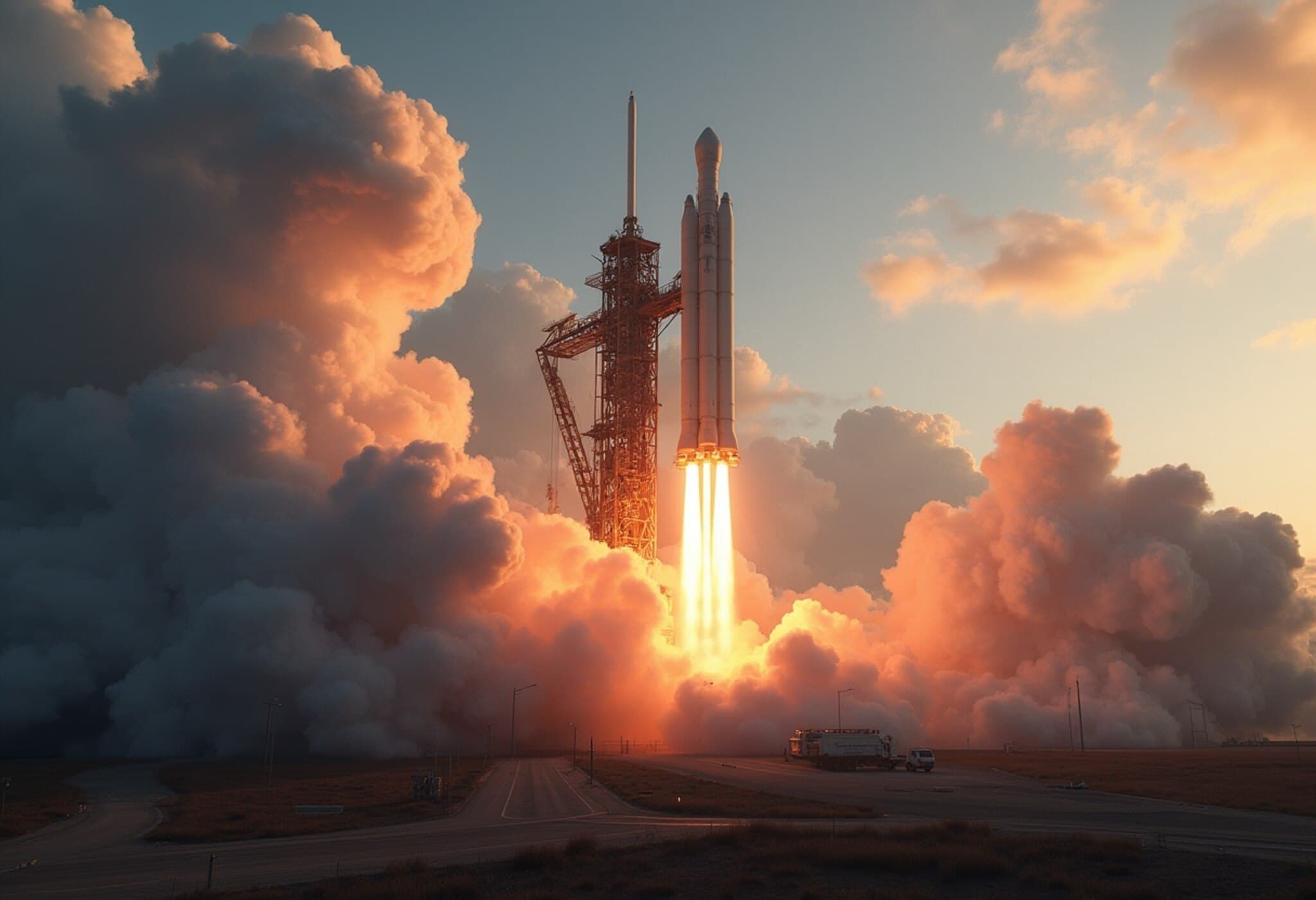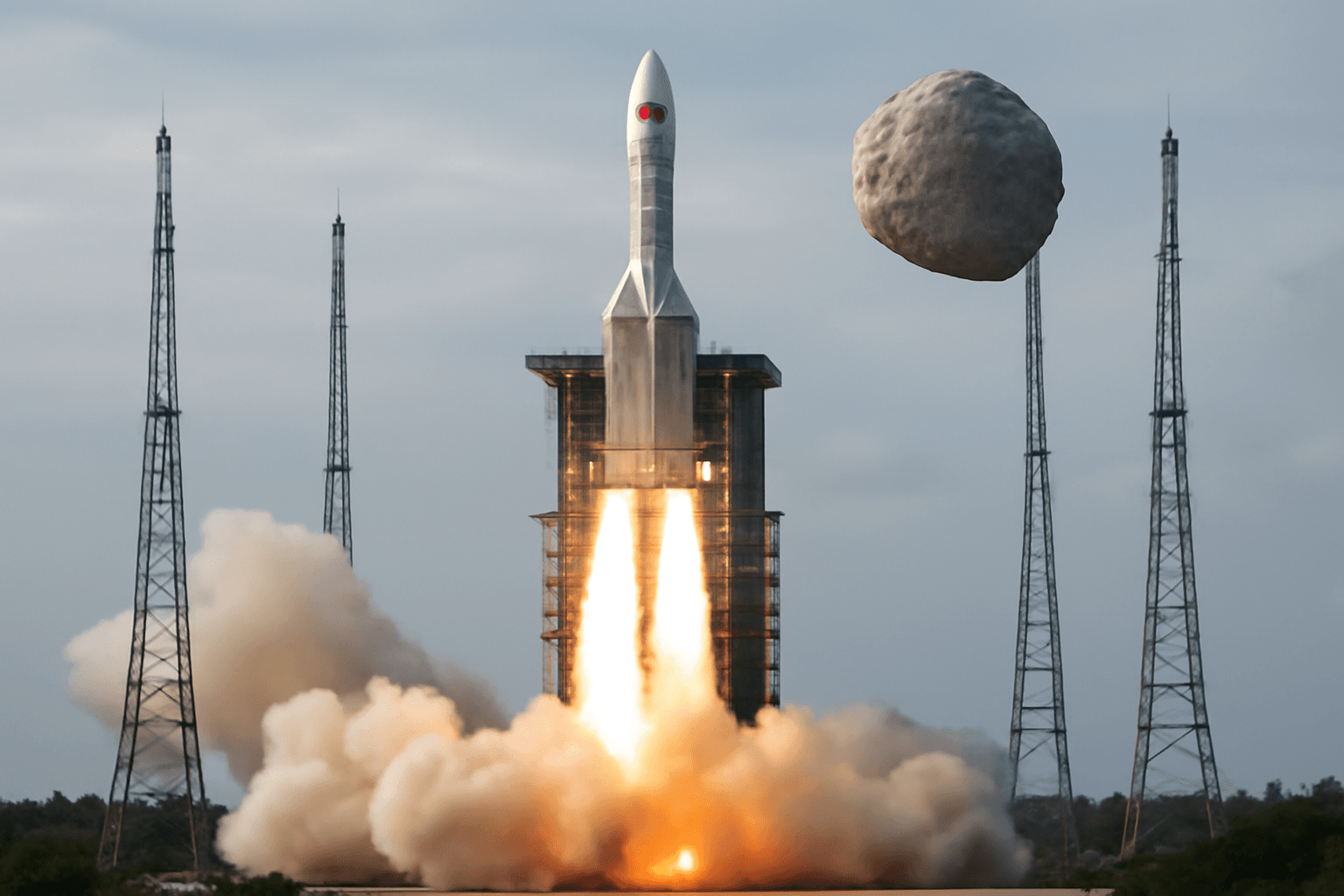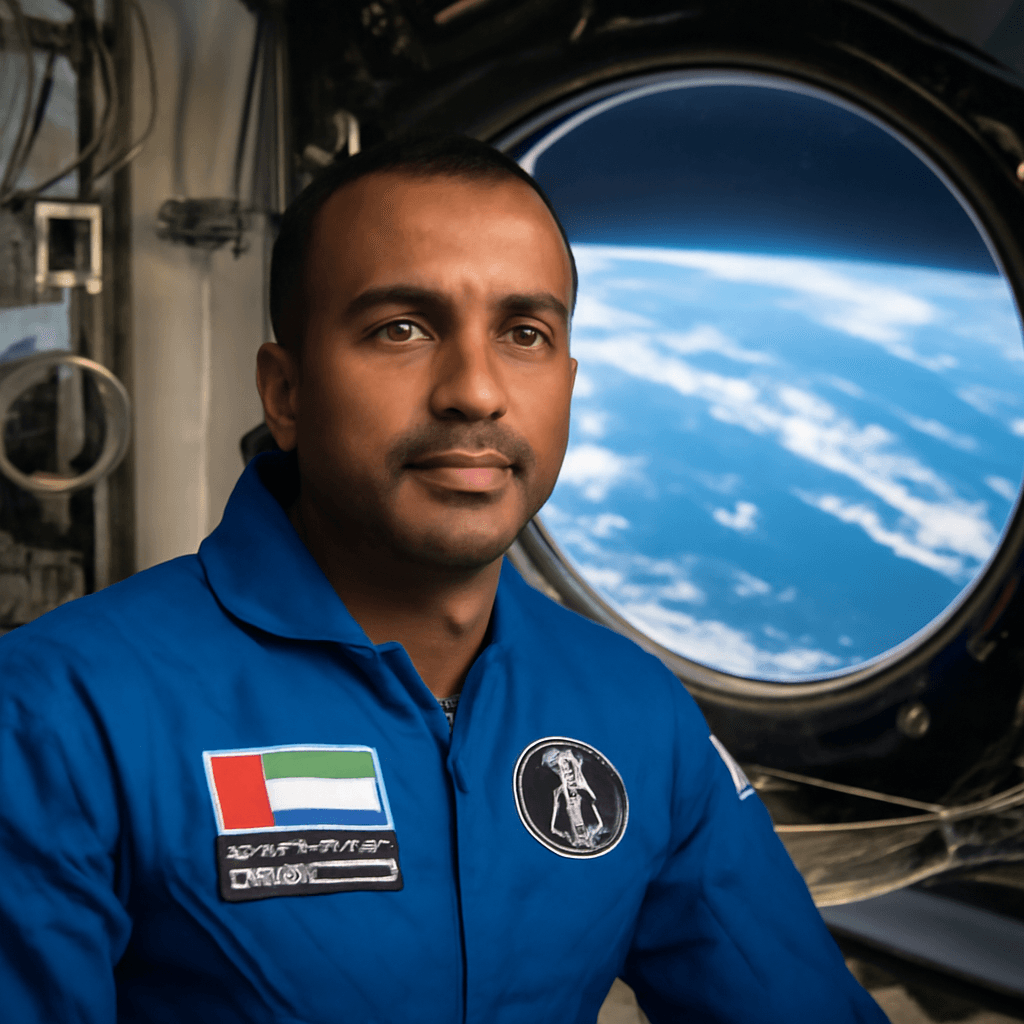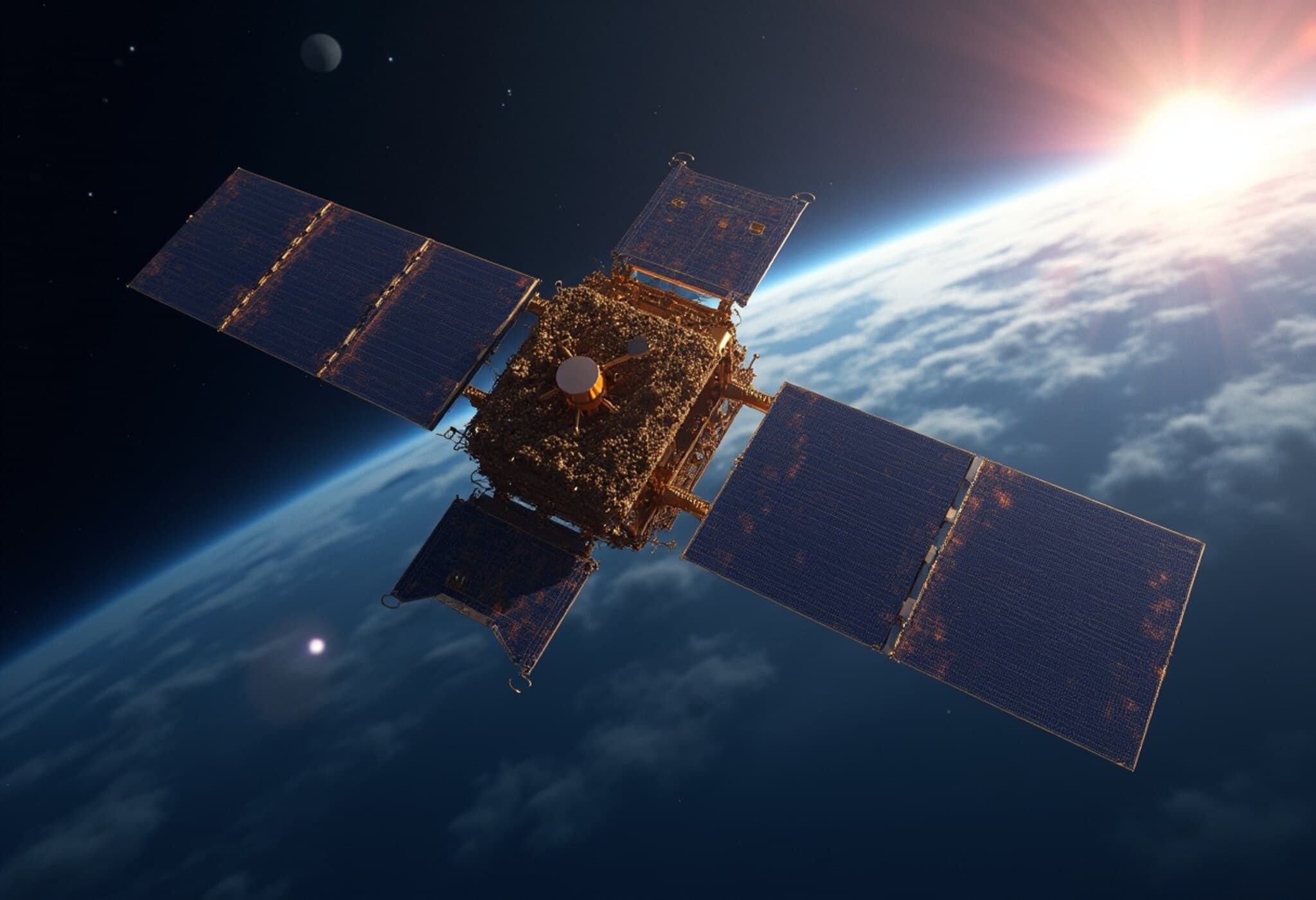NASA-ISRO’s NISAR Satellite Successfully Launches on India’s GSLV-F16
On July 30, 2025, the Indian Space Research Organisation (ISRO) achieved a milestone in international space cooperation by successfully launching the NASA-ISRO Synthetic Aperture Radar (NISAR) satellite aboard the GSLV-F16 rocket from the Satish Dhawan Space Centre in Sriharikota, India. This launch signals a new era of partnership between the United States and India in advancing Earth observation technology.
A Historic Launch from Sriharikota
The 51.7-metre-tall GSLV-F16 rocket, a three-stage launch vehicle, lifted off smoothly from ISRO's second launch pad after a 27.5-hour meticulous countdown. The GSLV-F16 carried the 2,393-kilogram NISAR satellite into a Sun-synchronous polar orbit roughly 745 kilometers above Earth, a trajectory enabling precise, consistent imaging.
Notably, this launch marks the first time a GSLV rocket placed a satellite into a Sun-synchronous orbit, a role historically dominated by ISRO’s Polar Satellite Launch Vehicles (PSLVs). This technical achievement underscores India’s evolving capabilities in space launch technologies.
What Makes NISAR Unique?
NISAR represents a decade-long collaboration between ISRO and NASA, combining their expertise and technologies to pioneer advanced Earth observation. It carries two complementary radar instruments:
- L-Band radar from NASA
- S-Band radar developed by ISRO
Using Synthetic Aperture Radar (SAR) technology, NISAR can penetrate cloud cover and operate day or night, capturing detailed images of Earth’s land, ice, and ocean surfaces every 12 days. This capability is vital for monitoring dynamic phenomena such as:
- Natural disasters like earthquakes, floods, and landslides
- Agricultural health and crop forecasting
- Climate change impacts, including glacier retreat and deforestation
Strategic Implications and Further Collaboration
This mission is more than a scientific endeavor; it’s a strategic partnership strengthening India-US relations in space technology and data sharing. By pooling resources and expertise, both nations gain access to richer datasets critical for environmental stewardship and disaster preparedness.
Experts highlight that NISAR’s data could revolutionize how governments and communities respond to natural hazards, offering early warnings and improved recovery planning. For the United States, collaborating with ISRO broadens global Earth observation infrastructure, while India gains access to cutting-edge radar capabilities enhancing its own remote sensing portfolio.
Next Steps: Commissioning and Scientific Operations
Following this remarkable launch, NISAR is entering its In-Orbit Checkout (IOC) phase, expected to last about 90 days. During this time, mission teams from both agencies will rigorously test all onboard systems, calibrate instruments, and prepare for full science operations.
Once operational, the satellite’s continuous stream of high-resolution data will be freely shared, accelerating research and practical applications worldwide.
Expert Insights: A Turning Point in Global Earth Observation
Dr. Ananya Rao, a space policy analyst, observes, “NISAR is a game-changer. Its ability to capture all-weather, high-resolution images advances not only scientific understanding but also humanitarian response. It exemplifies how international cooperation can maximize benefits from space technology.”
Additionally, the successful use of GSLV for this mission may influence future launch strategy decisions, potentially reducing dependency on PSLVs for certain Earth observation satellites and showcasing India’s growing launch vehicle portfolio to global stakeholders.
Looking Ahead
The NISAR mission is poised to become a cornerstone for Earth science, fostering enhanced collaboration between ISRO and NASA and setting a standard for future bilateral and multilateral space ventures. As climate change and natural disasters increasingly challenge humanity, tools like NISAR provide critical insights, helping societies adapt and mitigate risks effectively.
Editor's Note
The success of NISAR’s launch not only marks a technological triumph but also highlights the importance of international partnerships in addressing global challenges like climate change and disaster resilience. As the satellite enters its commissioning phase, questions remain about data accessibility, coordination among global stakeholders, and how nations will harness this resource to implement timely, impactful policies on Earth. This mission invites a broader discourse on collaborative innovation in space for the public good.












